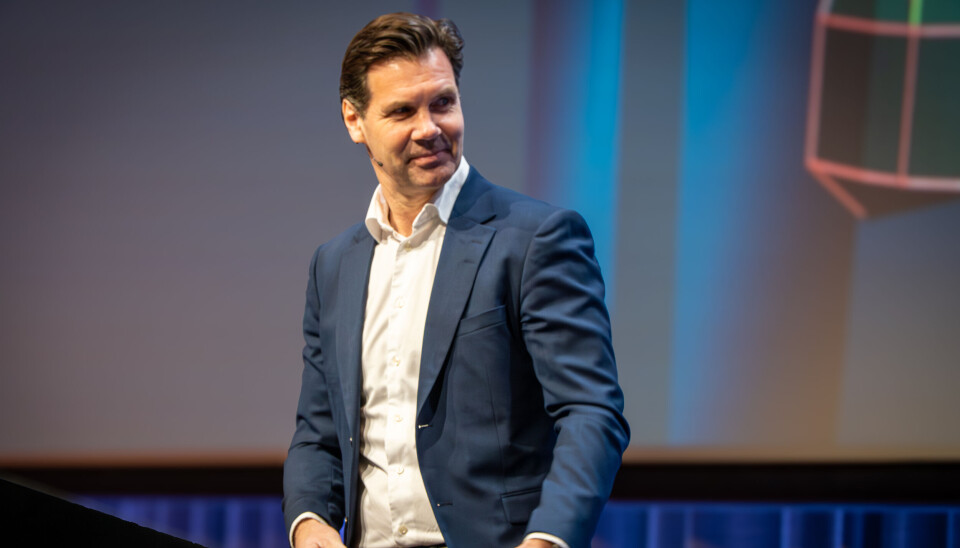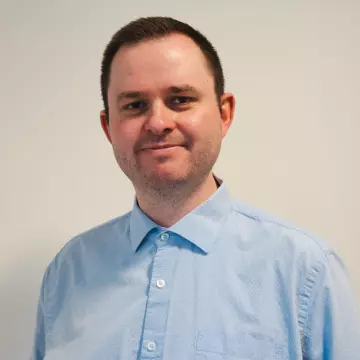
Lerøy is investing an extra £25m in submersible cages
Fish farmer aims to achieve shielding of up to 45% of salmon by mid-2025 says chief executive as company reports reduced operating profit due to low prices and lice
Lerøy Seafood Group today reported an operating profit of NOK 412 million (£29.2m) for the third quarter of 2024, a 35% reduction on the NOK 631m in the same quarter the previous year.
The Norwegian fish farming and fishing company's aquaculture segment delivered an operating profit (EBIT) of NOK 310m in the quarter. Chief executive Henning Beltestad said low prices for salmon and trout, combined with high lice pressure due to historically high sea temperatures in Northern Norway, have affected the results.
He said this has led to slightly moderated growth in some parts of the business in the short term. The company expects a harvest volume of 190,000 gutted weight tonnes this year, including 20,000 gwt from Scottish Sea Farms. This is slightly lower than the previously estimated 193,500 gwt.
"Scottish Sea Farms has shown significant profitability growth this year, reflecting a strong development in biological performance. I am also pleased to see continued development in our processing, sales, and distribution segment, which delivers yet another strong quarter," said Beltestad.
Fewer lice treatments
The CEO further says that as Lerøy approaches 2025, it is optimistic about the development in biological performance.
"Daily, new data reinforces our belief that shielding, particularly through submerged cages, leads to a reduced need for treating the fish against sea lice. Compared to traditional farming methods, this approach has reduced lice treatment frequency by nearly 90%, with positive impacts on survival rates, the share of superior-quality fish, and overall fish welfare.
"To accelerate this progress, we plan to invest an additional NOK 350m (£24.8m) in submerged cages in first half 2025, aiming to shield up to 45% of our salmon population by mid-year."
Highest results
The segment for value-added processing, sales, and distribution (VAP S&D) reported an operating profit of NOK 220m in Q3 and NOK 884m on a rolling 12-month basis.
"VAP S&D continues its positive development and achieves earnings that are the highest in the segment's history, measured on a rolling 12-month basis. This growth is driven by operational improvements and increased utilisation of our integrated value chain," said Beltestad.
Goal of 200,000 tonnes
The CEO said while low salmon and trout prices affected earnings in the third and so far in the fourth quarter, the company's ambitions and optimism regarding the long-term outlook remain intact.
"We are working continuously towards the goal of 200,000 tonnes of slaughtered volume for our Norwegian operations in 2025. The best forecast as of today is a slaughter volume in Norway of approximately 195,000 tonnes, which, with a contribution of 16,000 tons from Scottish Seafarms, gives a total expectation of about 211,000 tons in 2025," he said.
By improving ova and smolt quality, implementing new aquaculture technologies, and optimising processes, Beltestad believes that the company is well-positioned to achieve long-term goals.
"We also expect to benefit from the increasing demand for an integrated value chain with a robust sustainability profile. There is great potential to further strengthen earnings in our European downstream operations, as the last few quarters have shown," Beltestad concluded.
This report is taken from Fish Farming Expert's Norwegian sister site, Kyst.no.




































































